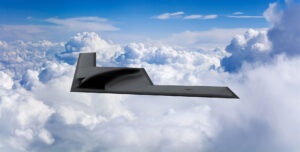
As the United States Air Force looks to ensure it has enough fighters and bombers in future years, the service wants to develop and field uncrewed complement systems that have half the unit costs of the Next Generation Air Dominance (NGAD) manned fighter and the Northrop Grumman [NOC] B-21 long-range strike bomber under development in Palmdale, Calif., Air Force Secretary Frank Kendall said on March 3. "One of the things that people often miss about uncrewed systems is that, if…












